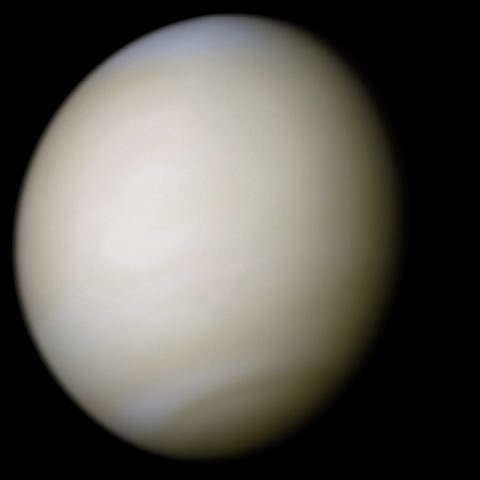GALILEO PROVOCARE, or An Attempt to Replicate the Findings of the Heretical Natural Philosopher on the Twenty-fourth and Twenty-fifth of March in the Year of Our Lord Two Thousand and Fifteen
This was my first object of observation of the evening, chosen as it was low in the West, and would soon disappear behind the trees surrounding the observing site. It appeared to be of a somewhat yellowish hue, and possessed a somewhat flattened aspect on the side to the east, away from the setted sun. This was only one observation, and several more would be needed to confirm Sr. Galileo’s contention the Venus hath phases like the moon, it must be said that this single apparition gave me pause, as it did resemble the gibbous moon in shape. Most significantly, it was not a perfect sphere. This was the first indication that our knowledge of the heavens does not match what we can see through the instruments of the Dutch lens makers.
Note: An Esteemed Colleague on the site Noctes Nubia, hath issued a Challenge to confirm the findings of Galileo Galilei of Padua. I undertook to accept this Challenge, with the Additional Constraints of 1) completing all the observations in a single night, and 2) using an instrument close to that used by Signor Galileo, rather than the Finer Instruments available to me. Thus I Attempted to make these Observations with a Jason 304-T Telescop, with a 60 mm Primary Lens and a Length of 600 mm. It is still a Superior Instrument to that used by Sr. Galileo; It Must be–it says 200X on the side. I was unable to find its Associated Collection of Eyelenses, but did locate a “18 mm Erecting Eyepiece 14X Micro Scope” which Seemeth to work, though it Requireth the Focuser to be wound all the way out to achieve a Semblance of focus. My Computation Suggests this gives a Magnification of 33X.
I began my Observations at the Smolen Observatory on the Grounds of Universitas Novum Pfalts de Novo Eboracum.
Please login to post comments
Venus

- Observed with: Jason 304 T 60 mm f/10
- Seeing: above average
- Light pollution: below average